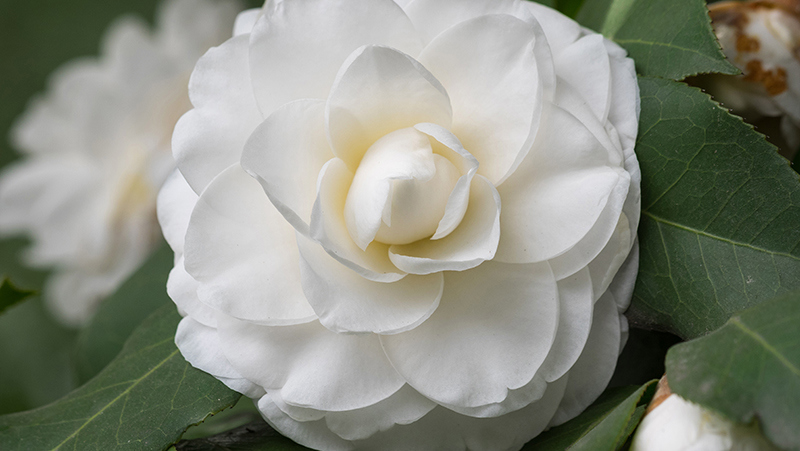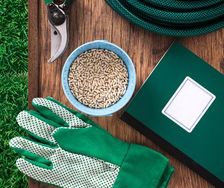Yates Account
Join now
Create a Yates account today!
Sign up to join the Yates Garden Club for monthly e-mails packed with seasonal inspiration, tips for success & exclusive promotions.
Plus if you’re a Garden Club member you can take part in the Yates Growing Community - a blog to share successes, get advice & win prizes in fun challenges along the way!

Forgot password
Enter the email address associated with your account, and we'll email you a new password.
Late winter is the season when camellias are at their best. While the early-blooming sasanquas have pretty much finished for the year, the shade-loving japonica camellias are at their peak and the large-flowered reticulatas are trying to prove they are the showiest of all. So, while camellias are top of mind, give some thought to how you are going to care for them for the rest of the year.

Feeding and Mulching
Camellias have a major spurt of growth after flowering, so it’s best to feed when the last flowers are coming to an end. Of course, most sasanquas stopped blooming weeks ago, but the end of winter is still the optimum time to give them a feed. Use a complete fertiliser and soil conditioner, such as Yates Dynamic Lifter Organic Plant Food. When buds form, feed with fertiliser higher in potassium, like Yates Thrive Camellia, Gardenia Blueberry Granular Plant Food, to encourage flowering.
Camellias have shallow root systems that can dry out readily during summer. After fertilising, spread a layer of organic mulch around the base of the plant, avoiding direct contact with the main stem of the plant.
Pruning
Even if you never pruned your camellias, they would continue to grow perfectly happily, but there are times when the secateurs or clippers should come out. Sasanqua camellias are often used as a formal hedge or shaped as topiary and an end-of-winter haircut will give them a fresh start for the season. Hedges will also need to be trimmed occasionally over the growing season to retain a neat outline. Japonica camellias can be pruned now to restrict their size or to thin crowded branches and open up the plant. Reticulata camellias are best left to develop their natural tree shape but under-pruning, removing lower branches to create a clear trunk, can sometimes improve their appearance.
Watering
Established camellias are remarkably drought tolerant, but plants will perform at their best if water stress is kept to a minimum.
Potted camellias will appreciate the addition of some Yates Waterwise Water Storage Crystals in the root area. These will help hold extra moisture.
Pests and problems
Watch out for sunburn. Even the sun-hardiest camellia can burn on an extra-hot day, which can lead to leaf fungal problems. Protect vulnerable plants with shade cloth or similar fabric.
Use Yates Natures Way Organic Citrus, Vegie Ornamental Spray Ready to Use to control mites, scale and sooty mould.
















Share
Share this article on social media